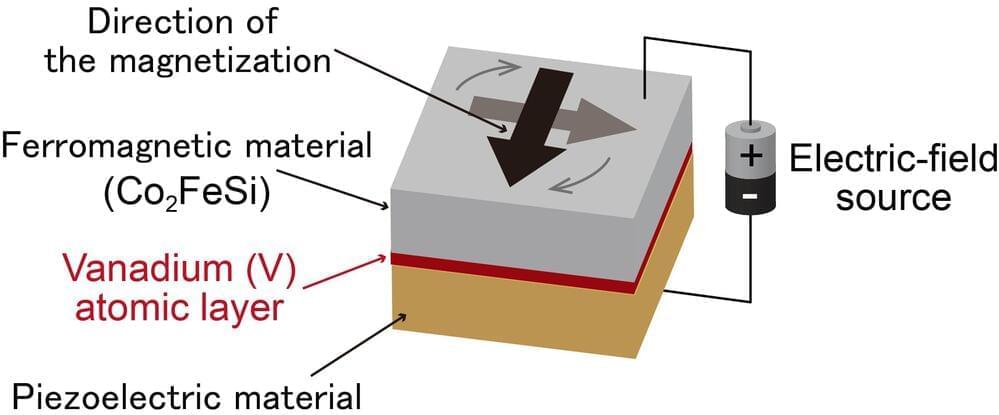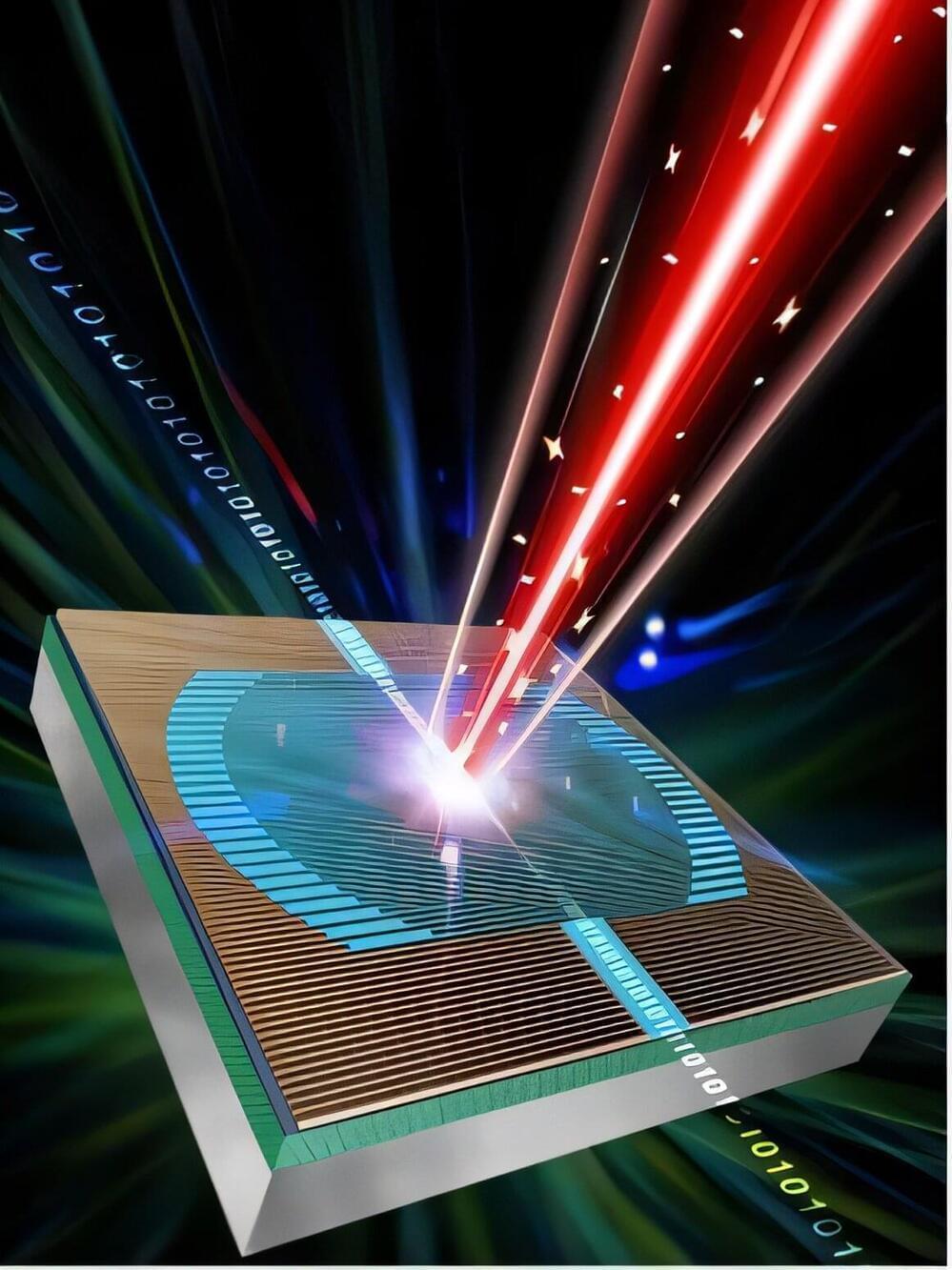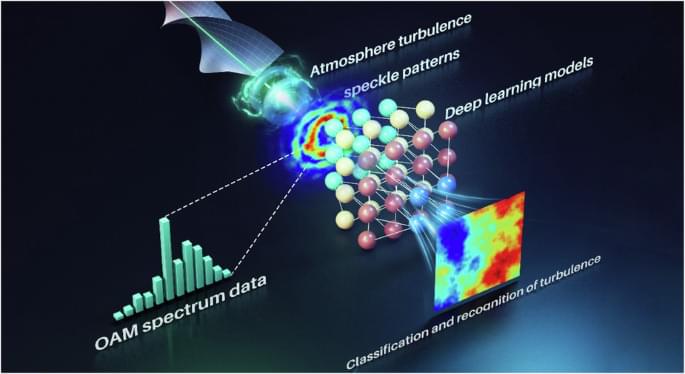Jan 8, 2025
Smarter memory: Researchers introduce next-generation RAM with reduced energy consumption
Posted by Saúl Morales Rodriguéz in category: computing
Numerous memory types for computing devices have emerged in recent years, aiming to overcome the limitations imposed by traditional random access memory (RAM). Magnetoresistive RAM (MRAM) is one such memory type which offers several advantages over conventional RAM, including its non-volatility, high speed, increased storage capacity and enhanced endurance.
Although remarkable improvements have been made to MRAM devices, reducing energy consumption during data writing remains a critical challenge.
A study published in Advanced Science by researchers from Osaka University proposes a new technology for MRAM devices with lower-energy data writing. The proposed technology enables an electric-field-based writing scheme with reduced energy consumption compared to the present current-based approach, potentially providing an alternative to traditional RAM.

















